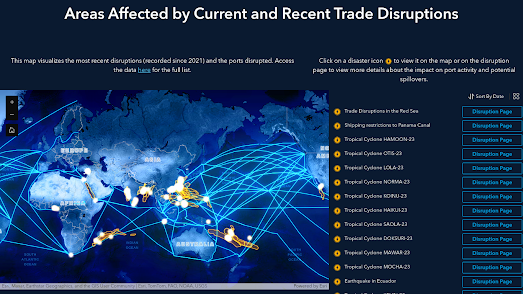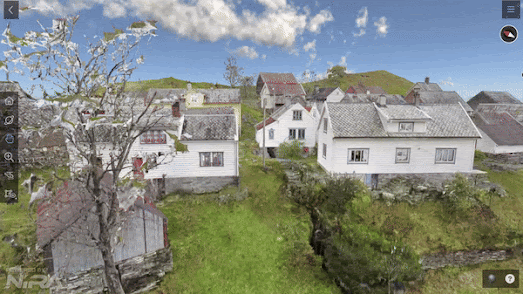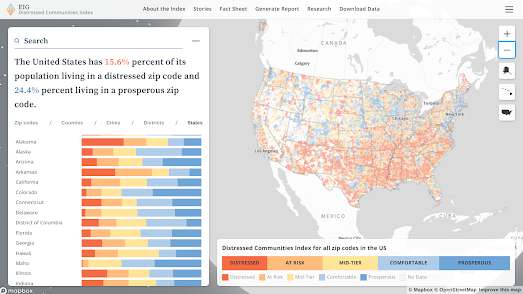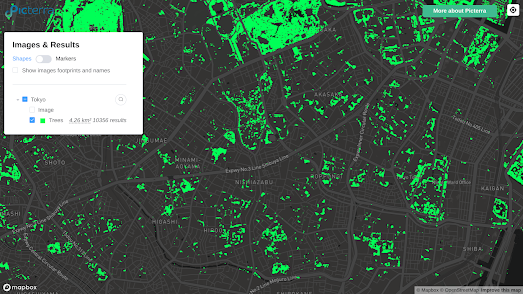Сообщения
Сообщения за март, 2024
Highly Artificial Locations
- Получить ссылку
- X
- Электронная почта
- Другие приложения
The Easter Bunny's Egg-cellent Adventure
- Получить ссылку
- X
- Электронная почта
- Другие приложения
The Islamic State Attack Map
- Получить ссылку
- X
- Электронная почта
- Другие приложения
The SpaceX Starlink Map
- Получить ссылку
- X
- Электронная почта
- Другие приложения
Solar Symbology
- Получить ссылку
- X
- Электронная почта
- Другие приложения
Mapping SpaceTime
- Получить ссылку
- X
- Электронная почта
- Другие приложения
The World Air Quality Report 2023
- Получить ссылку
- X
- Электронная почта
- Другие приложения
The Future for Trees
- Получить ссылку
- X
- Электронная почта
- Другие приложения
FlightRadar's New GPS Jamming Map
- Получить ссылку
- X
- Электронная почта
- Другие приложения
The Sea Trade Monitor
- Получить ссылку
- X
- Электронная почта
- Другие приложения
The most mis-mapped US states
- Получить ссылку
- X
- Электронная почта
- Другие приложения
A Total Scrolly Eclipse
- Получить ссылку
- X
- Электронная почта
- Другие приложения
Mapping the History of the Railway
- Получить ссылку
- X
- Электронная почта
- Другие приложения
Visit a Virtual Medieval Farm
- Получить ссылку
- X
- Электронная почта
- Другие приложения
The 100 Most Segregated School Districts in America
- Получить ссылку
- X
- Электронная почта
- Другие приложения
Flip Off the World with Street View
- Получить ссылку
- X
- Электронная почта
- Другие приложения
Climate Resilient Crops
- Получить ссылку
- X
- Электронная почта
- Другие приложения
Real-time Air Pollution Alerts
- Получить ссылку
- X
- Электронная почта
- Другие приложения
Virtual Rewind Machines
- Получить ссылку
- X
- Электронная почта
- Другие приложения
Not Everyone Commutes by Car
- Получить ссылку
- X
- Электронная почта
- Другие приложения
Global Climate Change Impacts
- Получить ссылку
- X
- Электронная почта
- Другие приложения
The Distressed Communities of America
- Получить ссылку
- X
- Электронная почта
- Другие приложения
There are 2,773 stories in the Naked City
- Получить ссылку
- X
- Электронная почта
- Другие приложения
Attacks on the Press Map 2023
- Получить ссылку
- X
- Электронная почта
- Другие приложения
Can you Draw Europe?
- Получить ссылку
- X
- Электронная почта
- Другие приложения
Cities Need Trees
- Получить ссылку
- X
- Электронная почта
- Другие приложения

























